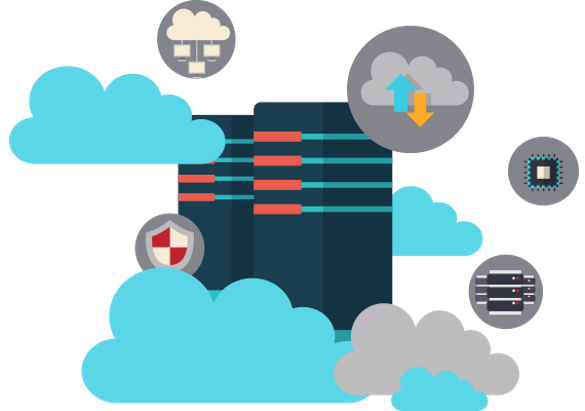
Expand and support for virtualization systems
Virtual infrastructure to reduce costs and increase availability
PETROLIUS UAB offers a full range of services related to the design, deployment and virtual infrastructure support.
Virtualization increases the availability and efficiency of their use of the company's IT resources. Start by breaking away from the old one-server-one-application model by running several virtual servers on one physical. Virtualization will let you solve problems over the top a large number of IT infrastructure equipment and a low level of its use.
A flexible and modern virtual infrastructure
Virtualization for companies of any level and at any stage of IT infrastructure development
Large companies and government agencies that do not use virtualization have up to 70% of IT of the budget is spent on maintaining the existing infrastructure, while on innovation very few resources are allocated.
Virtualization types
- Virtualization of servers - placement and operation of several virtual servers on one physical server.
- Virtualization of applications - emulation of operating system resources, which allows simultaneously use several incompatible software products on one PC, in the same OS. In this case, instances of this software will work independently of each other. friend and without making any changes to the operating system.
- Virtualization of views - interface emulation. The user works with the application on terminal, and the application itself is executed remotely on the virtualization server. In this case, the user is only provided with an image of the remote application running on server.
- Operating system-level virtualization - isolating services within a single kernel instance OS. This is most commonly used by hosting companies.
Virtualization Benefits
- Hardware savings when consolidating servers.
- Reducing the cost of maintaining IT systems.
- Reducing the cost of implementing new IT services.
- Reducing the time it takes to introduce new IT services.
- Easy to maintain infrastructure.
- Increase the reliability of IT systems in general.
- The ability to isolate potentially dangerous environments.
- Improve the convenience of infrastructure management.
- Virtual machines can create views of devices that don't exist.
- Opportunities for OS training.
- Increase mobility.

